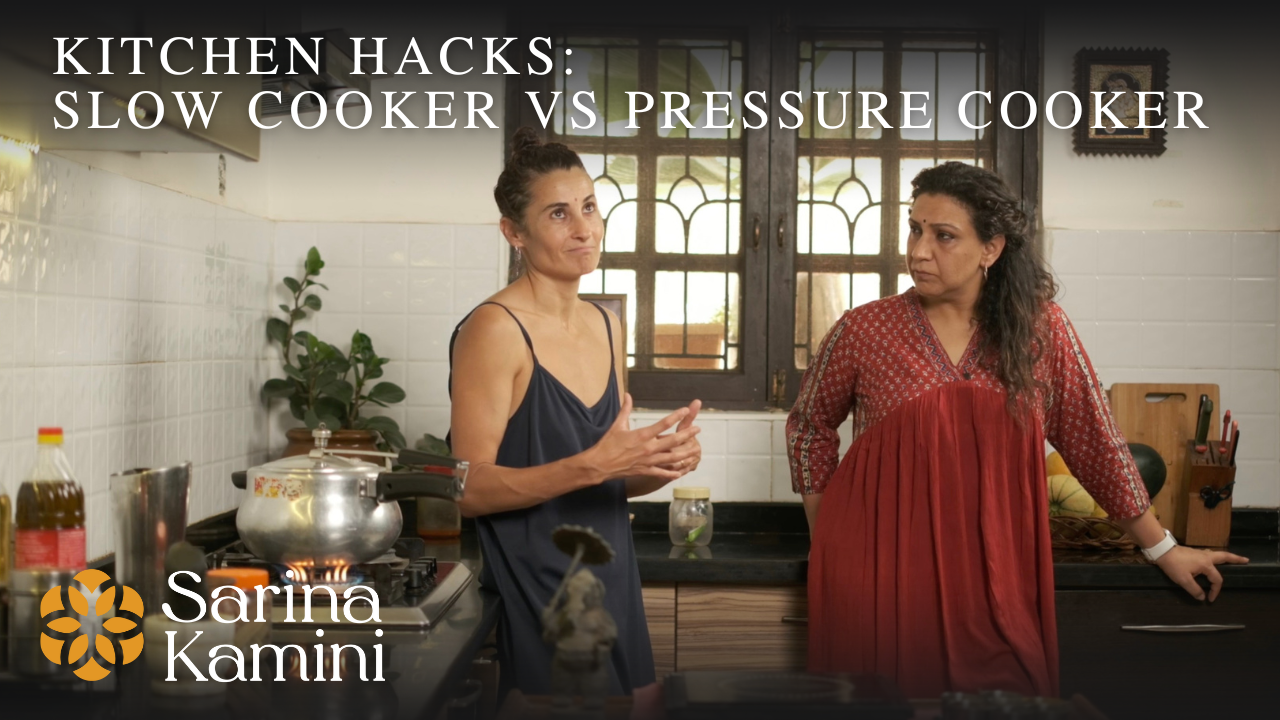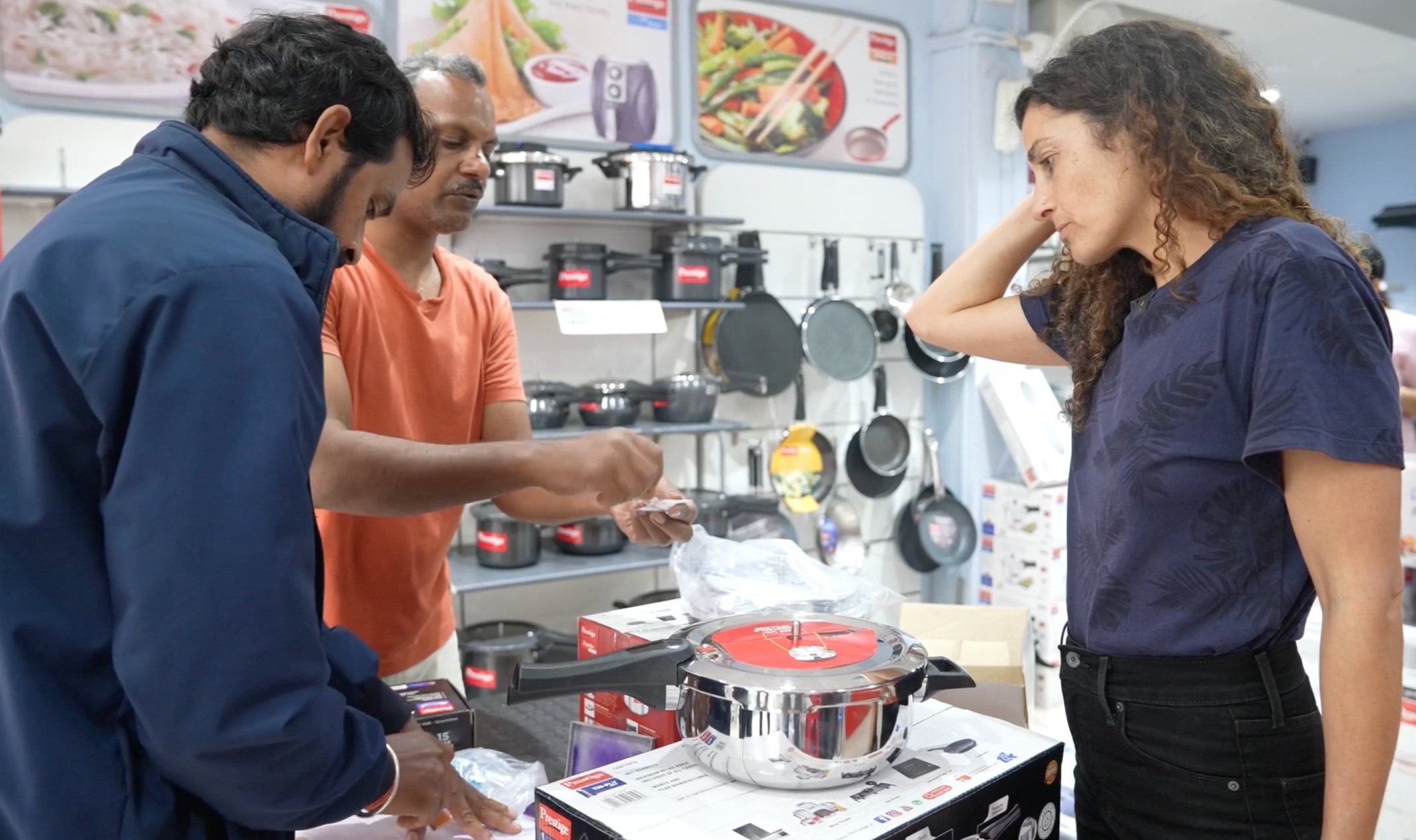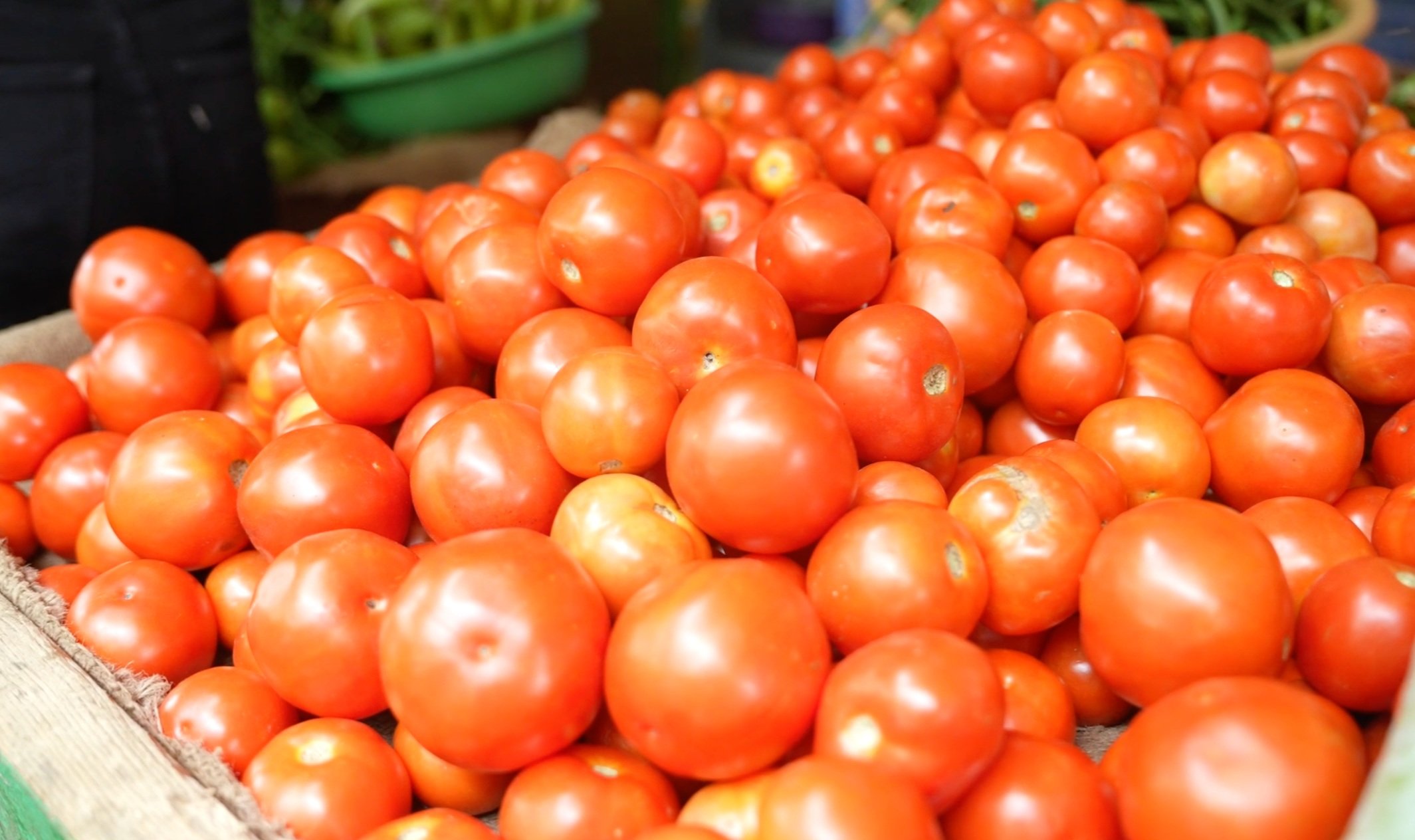TOP INDIAN COOKER HACKS
TOP INDIAN COOKER HACKS

AUTHENTIC INDIAN FOOD AT HOME NEEDS A PRESSURE COOKER.
Top tips for authentic Indian recipes at home are as much about cooking techniques as they are ingredients and spices. Along with using the right fats, the right cuts of meats and produce, and gathering spices, real-deal regional Indian recipes made at home do better with a pressure cooker. Slow cooker’s can be used in their place, but read more below to understand why pressure cooker’s make the most delicious Indian recipes.
TOP TIPS
PRESSURE COOKER
Can I use a slow cooker?
Yes. In fact many recipes for Indian food will offer timings for slow cookers, should you not have a pressure cooker. Just be aware that slow cooking diminishes the vibrancy of spice, and dulls its shape in the food. So while the end result will still approximately resemble traditional Indian regional recipes, the dishes won’t be as “sharp” or present as vibrantly. Something to keep in mind for those looking to mimic authentic tastes.
Do all Indian recipes need a pressure cooker?
No. When cooking seafood, vegetables, rice, and even some dals, many recipes will call for a frying pan, a kadai, or a heavy-bottomed pot. Pressure cookers are required for recipes that typically require protracted cooking times.
Do I have to use a pressure cooker for Indian food?
Pressure cookers work by cooking produce under steam. Cooking this way not only shortens cooking times for proteins and produce like lentils (that can require long cooking times) but ensure that the final texture in the food is true to tradition. This means that meats are tender but still retain structure. That dals are softened but still “bright”, without the flavours being cooked out over long periods of time.
Are pressure cooker’s dangerous?
Not in and of themselves. Pressure cookers can malfunction if they are not properly cared for. Caring for a pressure cooker means following the maker’s cleaning instructions, ensuring aging seals are replaced when required, and that safety valves are unblocked and functioning.



